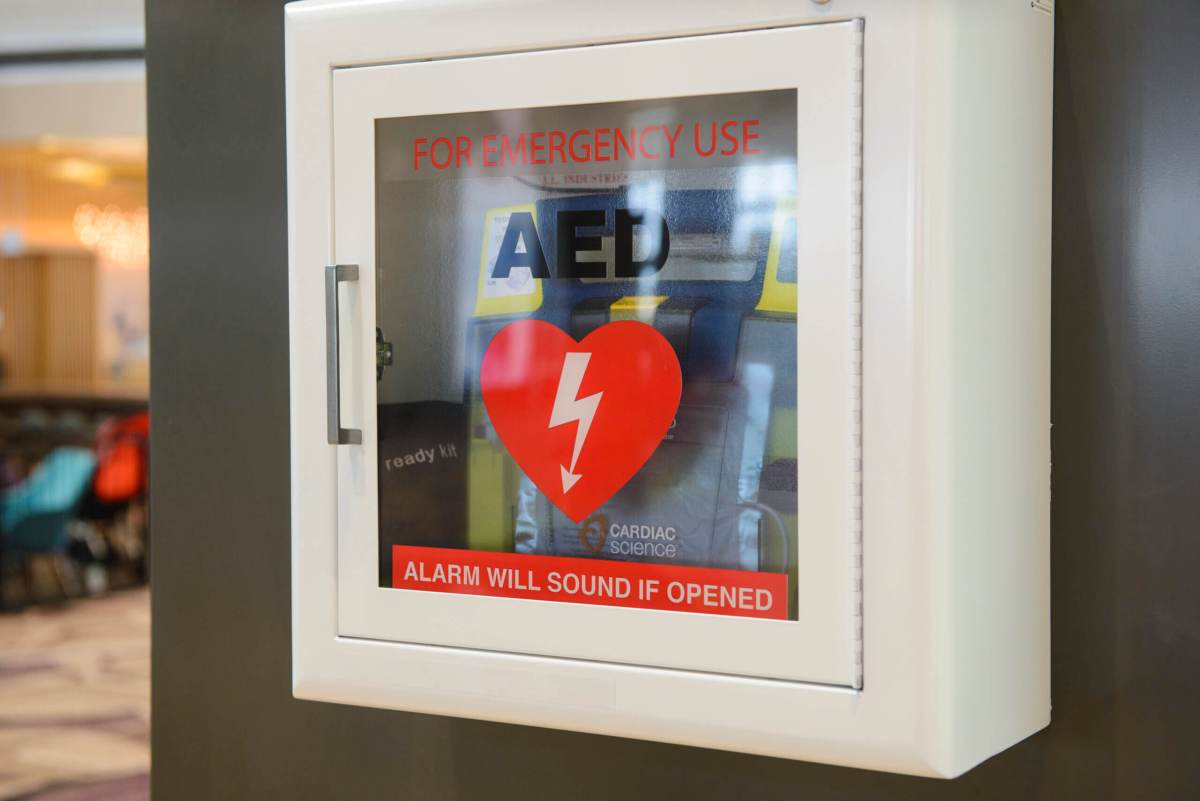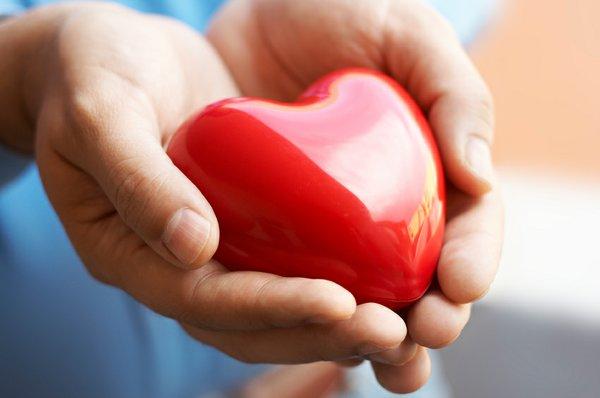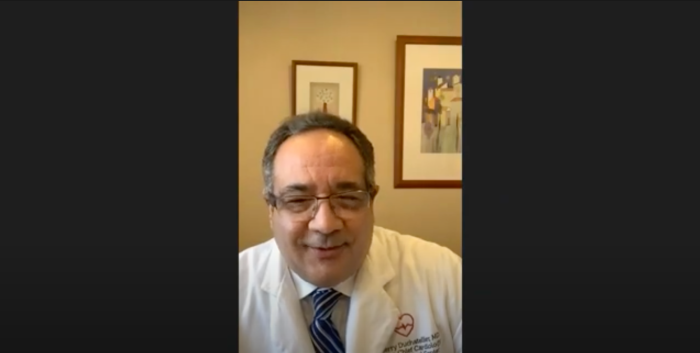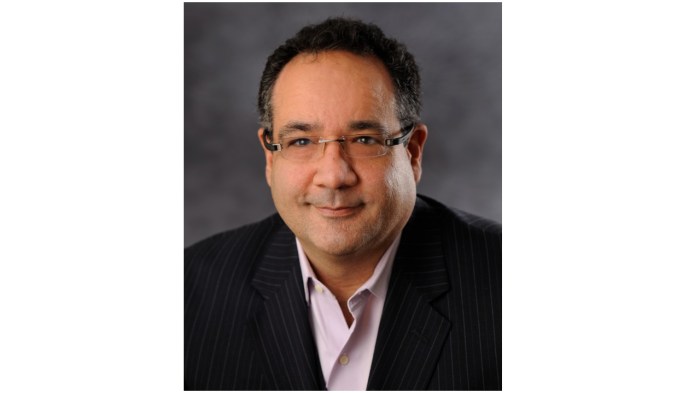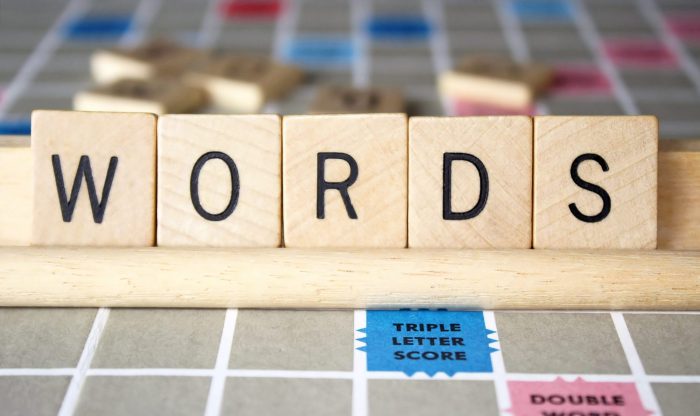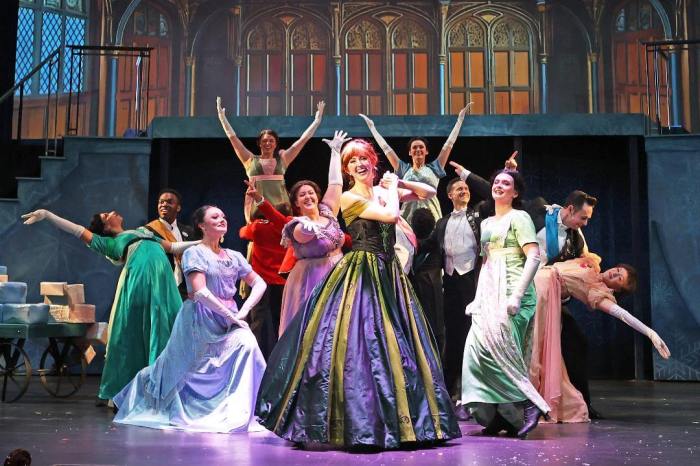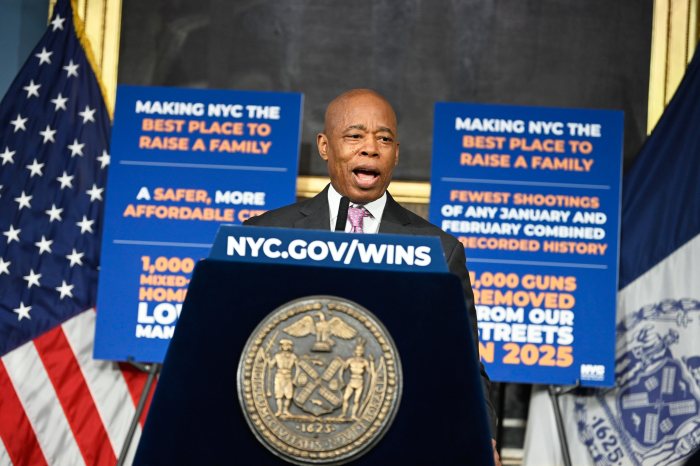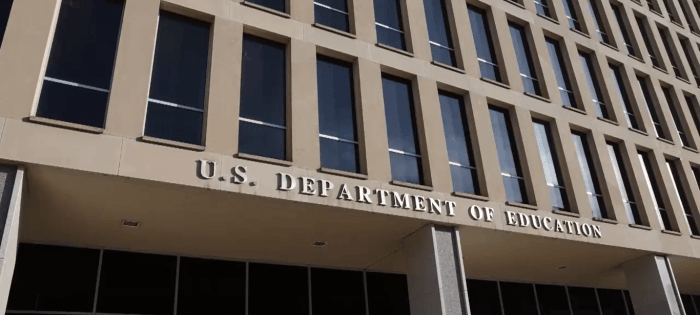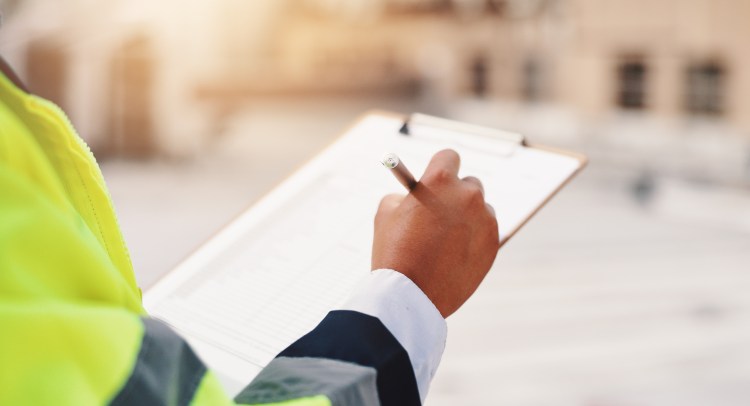After Buffalo Bills safety Damar Hamlin collapsed on the field after a tackle and went into cardiac arrest in January, the crowd was in shock. But cameras recorded a save as medical personnel deployed an AED or automated external defibrillator and provided CPR.
That incident, as those inside and outside the stadium watched or found out later, sent a shock through more than Hamlin’s system. It spurred an awareness and interest in AEDs as crowds saw or heard the device in action.
“The football situation impacted us a tremendous amount,” said Dr. Christopher Byron, vice president of Nationwide Instruction for Cardiovascular Education (NICE), a Dix Hills-based company that supplies AEDs and provides training. “People saw a cardiac arrest event, what happened, and how quick action and having the right training and equipment available, ended up in a positive save.”
There are more than 350,000 out-of-hospital cardiac arrests in the United States a year, according to the American Heart Association. A defibrillator used in the first minute leads to a 90%-plus save rate, Byron added.
“Every minute that goes by that we don’t use the unit, the chances of saving a life diminish by 10,” he said.
Defibrillators are, if not omnipresent, widely distributed. Laws require them to be at certain places, such as dental offices, trampoline parks and state agencies.
Byron said they are located at distances designed to be one minute apart in airports and on airplanes in New York.
“They’re virtually everywhere, from government to schools to athletic events to stadiums to golf courses to businesses to police and fire,” Byron said. “From residential to commercial to organized sports.”
Defibrillators can save lives after cardiac arrest, but are not designed to help after a heart attack, typically caused by a blood clot.
When applied, the AED will say “no shock advised” or a similar message, if the heart doesn’t demonstrate a condition that can benefit from its use.
“Think about a computer and it freezes. There’s electricity in the computer, but you have to reboot it,” Byron said. “The defibrillator reboots the heart to a pumping rhythm.”
Although some types of facilities must have AEDs, in most cases, it’s simply their decision, Byron said. “It depends on the facility. We do many big and small corporations,” he continued. “There are a lot of places that elect not to buy them.”
Nationwide Instruction for Cardiovascular Education has provided single units, 100 and even 500, supplying police, fire departments, sporting facilities, towns, school districts and more.
They’ve also supplied gated communities, Jewish Community Centers (JCCs), temples, churches and other organizations. While malls, freestanding box stores and restaurants often have them, there is no guarantee that they will.
New York State requires signage that shows a heart and a lightning bolt, so people know where to find the AED. “Lifeguards know where it is,” Byron said of beaches.
Public access defibrillation (PAD) regulations in New York require a notice of intent for units stored in public places as well as a wide range of other actions, including training personnel.
“You have to follow the rules,” Byron said. “There are protocols.”
You need a prescription, Byron added, but their company’s medical director, for instance, can provide that. And you need to recognize signs and symptoms of cardiac arrest, making sure the person isn’t breathing and has no pulse.
A wide range of groups such as the American Red Cross, American Heart Association and various New York State-certified training organizations such as Nationwide Instruction for Cardiovascular Education provide training.
That typically includes how to recognize emergencies, use the AED, and perform CPR.
“CPR can buy you more time. You’re becoming an artificial lung machine by pressing on the chest,” Byron said. “But the defibrillator is a machine needed to convert the non-pumping rhythm into a pumping rhythm.”
He said the AED is part of a life-saving protocol, but other actions can make a huge difference as well. And people should still call 911 immediately.
“You listen for breathing and take a pulse. If they’re not breathing and no pulse, you start CPR,” he said. “Once the AED is there, you put it on immediately.”
There are different brands, with variations, but Byron said AEDs themselves are a life-saving technology.
“They all basically do the same thing. There are a lot of variations, like cars or TV sets,” he said. “Most defibrillators self-test every day and indicate OK, blink green or have a check mark. If something’s wrong, they beep or turn red or a combination.”
Hamlin was cleared to play in April, thanks to the quick action and the right equipment that made it possible to save his life as cameras recorded it all. “After the football event, there was a surge,” Byron added. “Now it’s plateaued again.”
Byron notes that saves happen daily, sometimes making news, but more often are part of a routine of people rescuing each other, without cameras present.
“It’s one of the best investments you can make as long as you’re trained,” he said, adding that units can talk you through their application whether or not you have additional training. “You need to know how to use it.”




